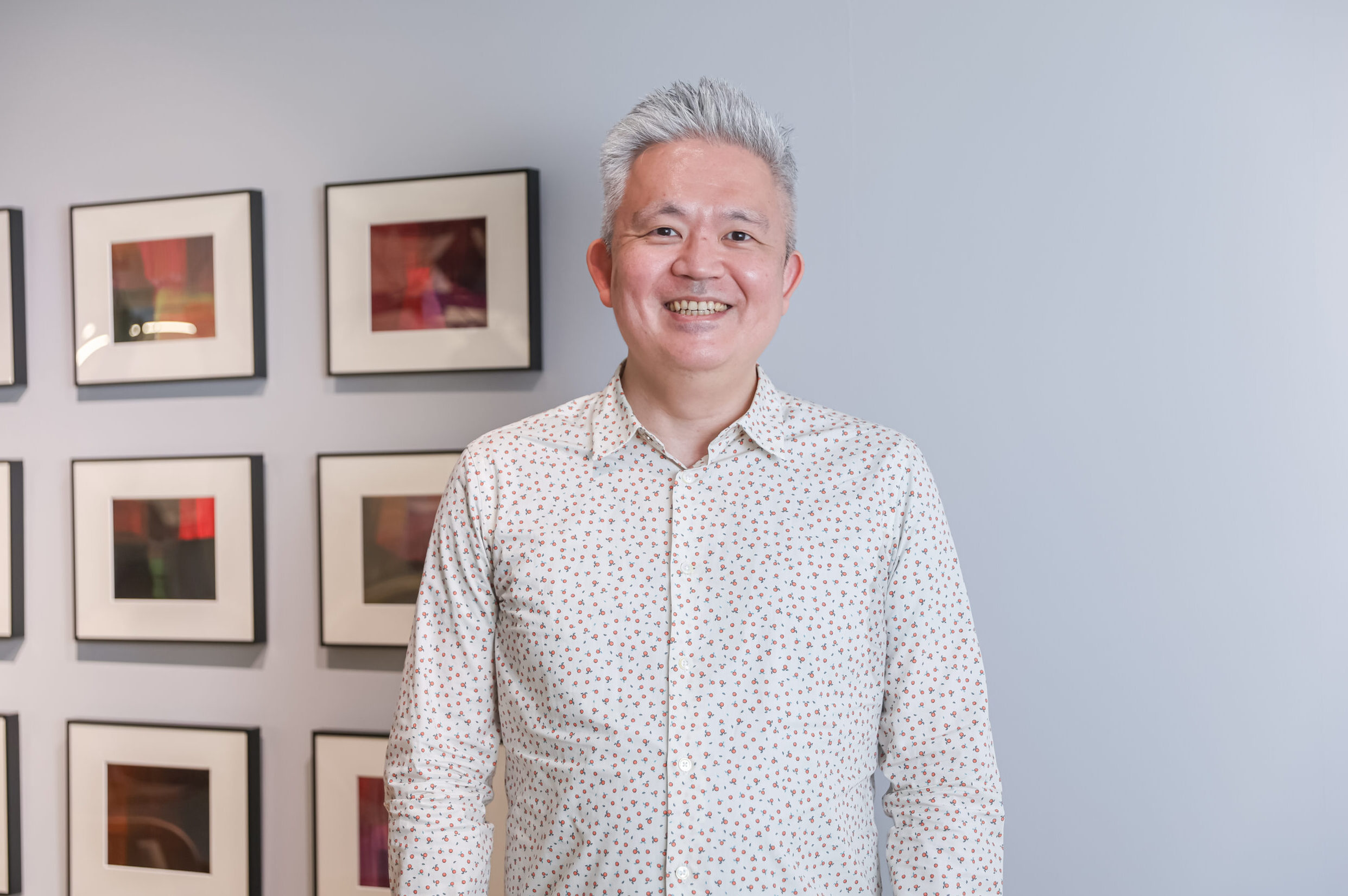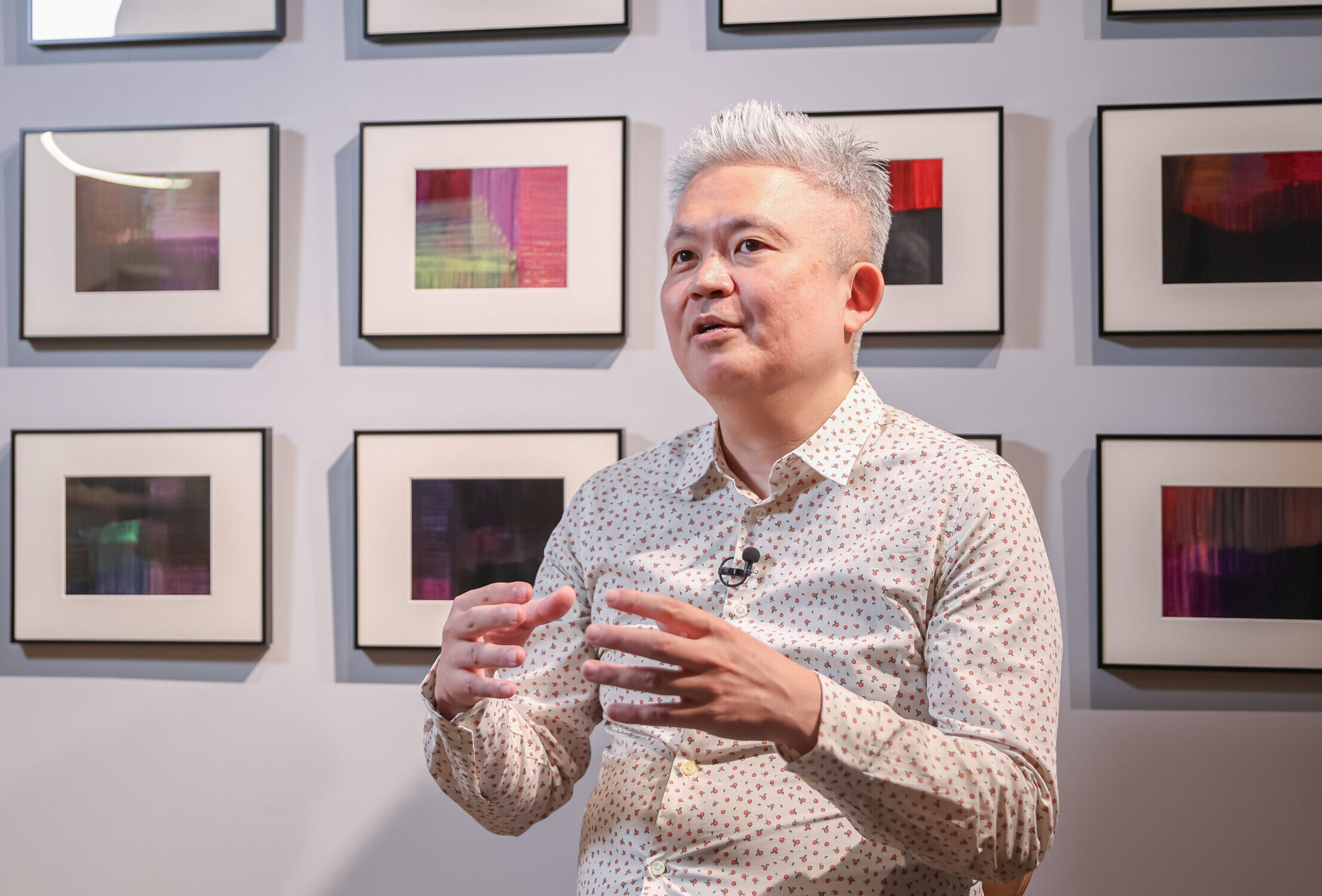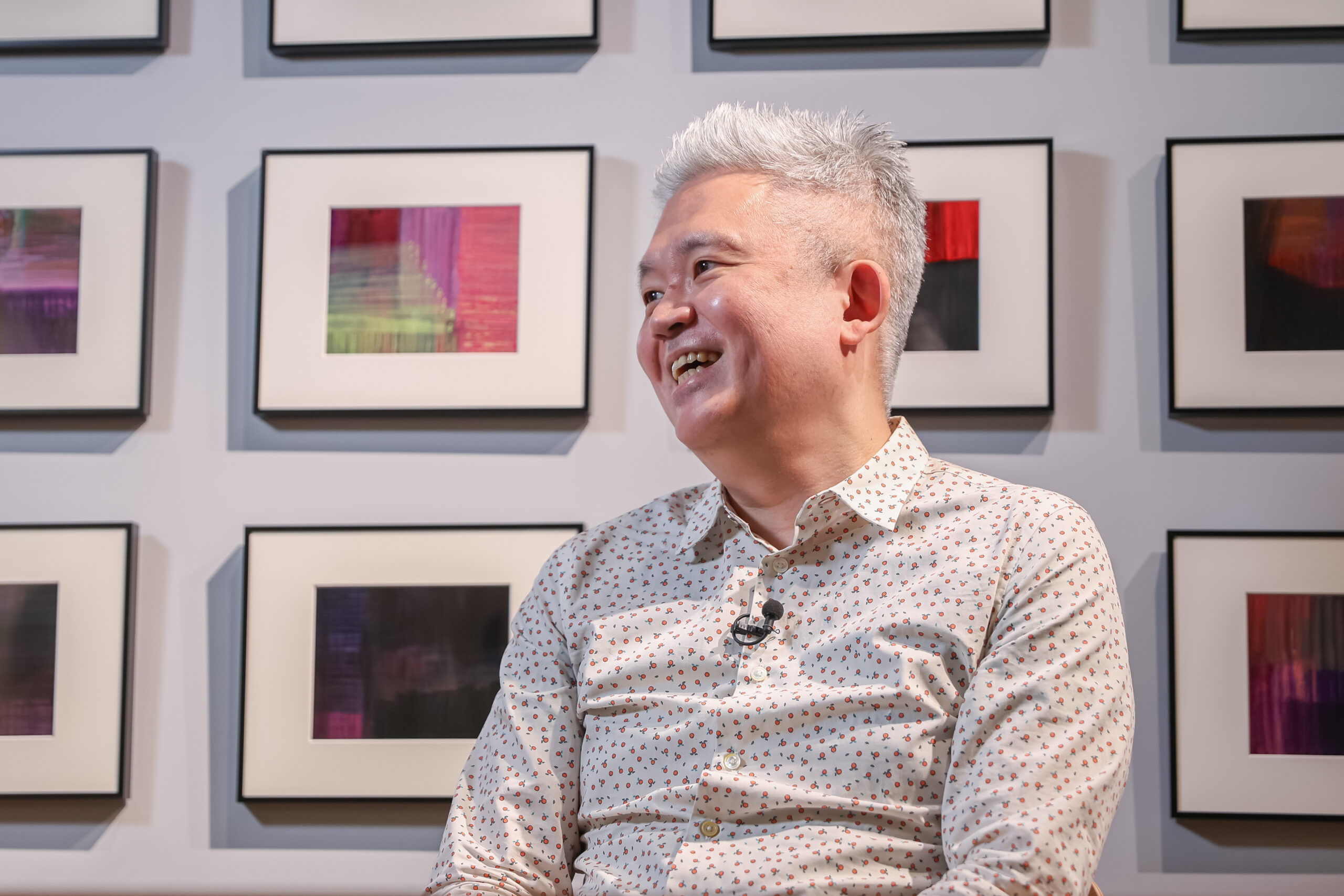
What is the Internet of Brains?
The Internet of Brains (IoB) is one of the projects under Goal 1 of the Moonshot Research and Development Program, led by a Japanese government initiative.
Goal 1 aims to free humans from the limitations of body, brain, time, and space by 2050. The project envisions a future where people can engage in social activities by remotely controlling avatars, rather than using their own physical bodies, through technologies such as remote robot operation and character control in virtual spaces.
We are researching and developing technology for remotely controlling avatars using Brain-Machine Interfaces (BMI), which allow information exchanges between brain activity and external systems. IoB seeks to control various avatars remotely by connecting brain signals to the internet, allowing people to operate these avatars as they imagine through their thoughts.
<strong>Invasive and non-invasive approaches</strong>
We are currently focusing on extracting signals from brainwaves, with two main approaches: invasive and non-invasive.
Invasive methods require surgery to insert electrodes into the brain. While this approach is already used for treating patients with brain conditions, it also carries risks. Non-invasive methods involve attaching electrodes to the surface of the head to read brainwaves, making it easier to equip and less risky.
There is also an intermediate approach known as ultra minimally invasive, where electrodes are placed in blood vessels close to the brain without needing brain surgery.
In the future, minimally invasive methods may be as accessible as tattoos or piercings. By gradually demonstrating the usefulness of these technologies, we aim to make them appealing to more people.

<strong>Diverse team members contributing to the project</strong>
Various members are working in IoB research. For example:
Dr. Ushiba from Keio University has started experiments using a simple brainwave reader in the form of headphones called PLUG, allowing users to move freely in games.
Dr. Sasai from Araya Inc. has succeeded in decoding speech intentions using AI and sending emails by attaching a dense brainwave reader to the surface of the head.
Dr. Yanagisawa from Osaka University is displaying images on a screen that resemble what epilepsy patients imagine in their heads, using invasive methods.
Dr. Sekitani from Osaka University is developing soft electrodes for EEG (electroencephalogram) that can be inserted into brain blood vessels using catheters, a ultra minimally invasive approach.
In addition, eighteen project leaders and their lab and staff members are participating in this project through a wide range of approaches, including how to deal with trauma generated in the brain as well as the development of methods for communicating using only mouth movements without producing sound.
<strong>Research life is like a journey in a manga</strong>
As a project leader, I believe it’s important to have a vision of what you want to achieve and to maintain a continued interest in research fields outside your expertise.
In the same Moonshot Goal 1, there is another project developing tiny avatars that operate inside the body to maintain health by patrolling and monitoring. At first, I didn’t fully grasp its significance, but the more I learned, the more I realized it connects to BMI.
For example, the BMI device operating inside the brain’s blood vessels researched by Dr. Sekitani is also a very small device. Viewing this as a type of avatar has opened up new possibilities for development.
For me, research life feels like a journey in a manga. From student to postdoc and assistant professor, you meet all sorts of people along the way. Sometimes they are heroes, sometimes rivals, and sometimes you reconnect with past encounters—like the vast cast of characters in a long-running manga, it’s exciting how these relationships accumulate over time.

<strong>Accelerating social implementation with evidence and dialogue</strong>
Many Brain-Tech products (a term combining brain and technology) are already on the market, claiming to have effects on the brain. However, some of these products lack scientifically validated effects or have safety concerns.
To address this, we have published a “guidebook” to educate consumers and businesses on the basics of Brain-Tech and how to approach it. Additionally, we’ve compiled evidence on the benefits of brainwave-based products for enhancing attention or motor abilities into an “evidence book.”
In considering the slightly distant future of 2050, I believe it’s important not only for experts but also for the general public to think together. As part of this effort, we launched a science communication project called “Neu World,” where IoB researchers collaborate with science fiction writers.
Science fiction authors translate future visions into easily understandable forms, making these dialogues valuable for researchers to refine their visions. Likewise, by explaining the current state and outlook of research, researchers can provide the public and science fiction writers with a more realistic sense of the future, sparking new ideas.
Whether working on the Moonshot project or running a company, I’ve come to realize that my core interest lies in human “consciousness.” One of my dreams is to witness the moment AI with consciousness becomes a reality. Another is to experience a BMI with incredibly precise input and output and think, “We finally did it.”

<strong>Valuing encounters, taking initiative, and making decisions</strong>
For students who are hesitating but want to pursue something, I believe that taking a step forward can open up exciting new worlds. However, challenges always come with risks, and life truly varies for everyone. That’s why I think it’s essential to value your connections with others, including your current friends, and take the initiative. Ultimately, having the courage to make decisions yourself will likely lead to positive outcomes.
Interview, Writing, and Video Editing by Space-Time Inc.
